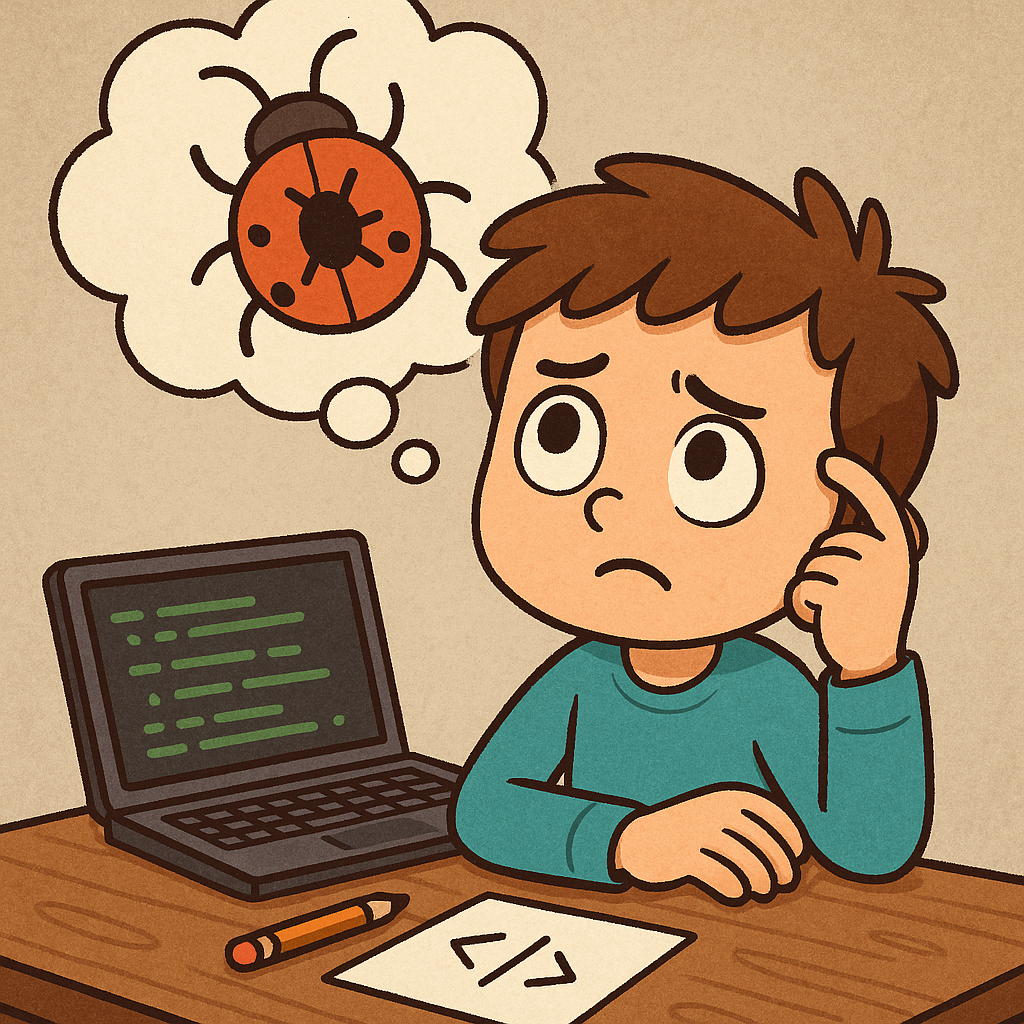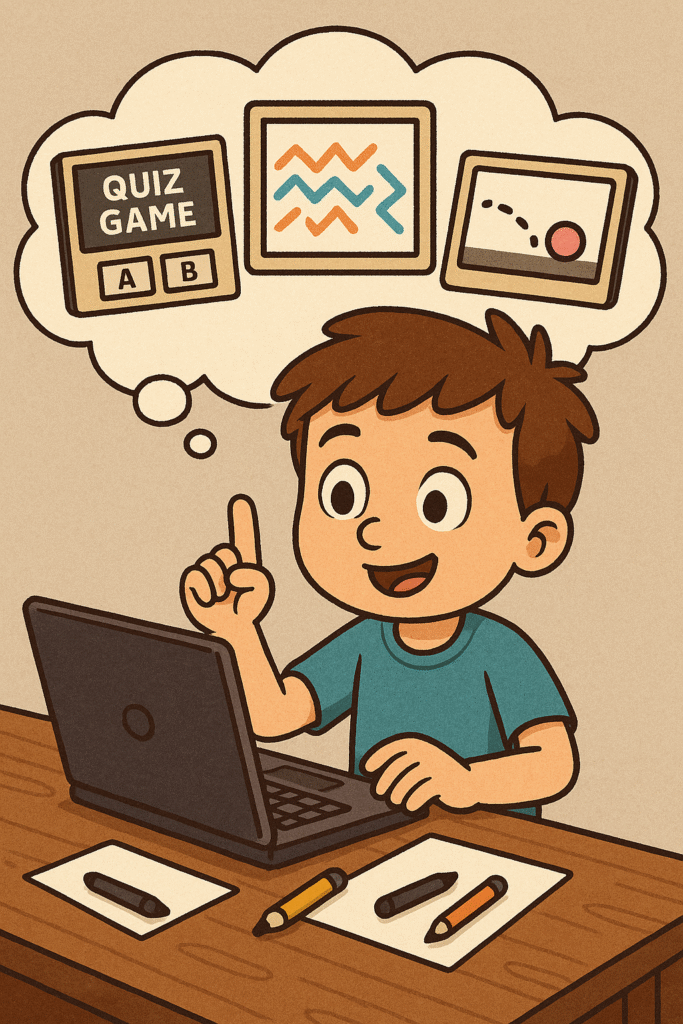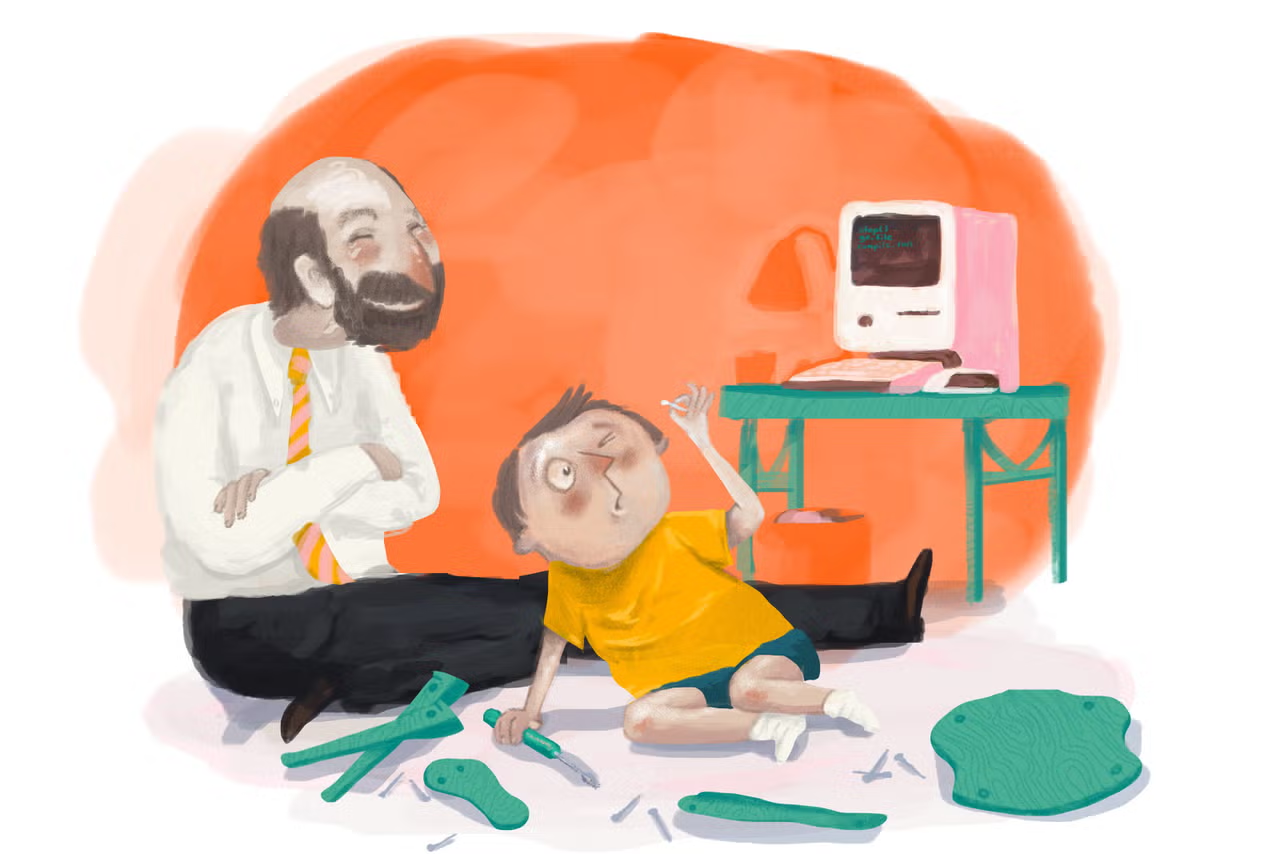

Table of Contents
Teaching Kids Coding
Mistakes Parents Make When Teaching Kids Coding can seriously affect how children view technology, problem-solving, and even their own abilities. As an ICT instructor and STEM education provider at Anka Technologies, I’ve seen many well-meaning parents unintentionally discourage their child’s learning simply because they didn’t know what works best.
In this article, we’ll explore 5 critical mistakes parents often make, and more importantly, how to avoid them. Whether your child is just starting to explore Scratch or building more advanced apps, this guide will help you support them the right way.
1. Expecting Instant Results
Learning to code is like learning a new language. It takes time, patience, and practice. If your child doesn’t “get it” right away, that’s okay! Encourage progress, not perfection.
Instead: Focus on celebrating small wins like moving a sprite or making a character speak.

2. Using Tools That Are Too Advanced
Many parents jump into coding apps or languages that are too complex for beginners. This can lead to confusion and frustration early on.
Instead: Start with visual, block-based tools like Scratch. It’s made for young learners and builds confidence step by step.
3. Correcting Too Often
It’s tempting to jump in when your child makes a mistakes, But doing too much for them can stop them from learning on their own.
Instead: Let them struggle a little. Guide with questions like “What do you think went wrong?” rather than giving answers


4. Forgetting the Fun
When learning feels like a chore, kids tune out. Coding should feel like play with a purpose especially at younger ages.
Instead: Let them create what excites them like games, animations, stories, or robots.
5. Skipping Real Projects
Some children lose interest because they don’t see the purpose of what they’re learning. Random exercises aren’t always meaningful.
Instead: Give them real-world mini-projects like building a quiz game, drawing art with code, or simulating a bouncing ball.


